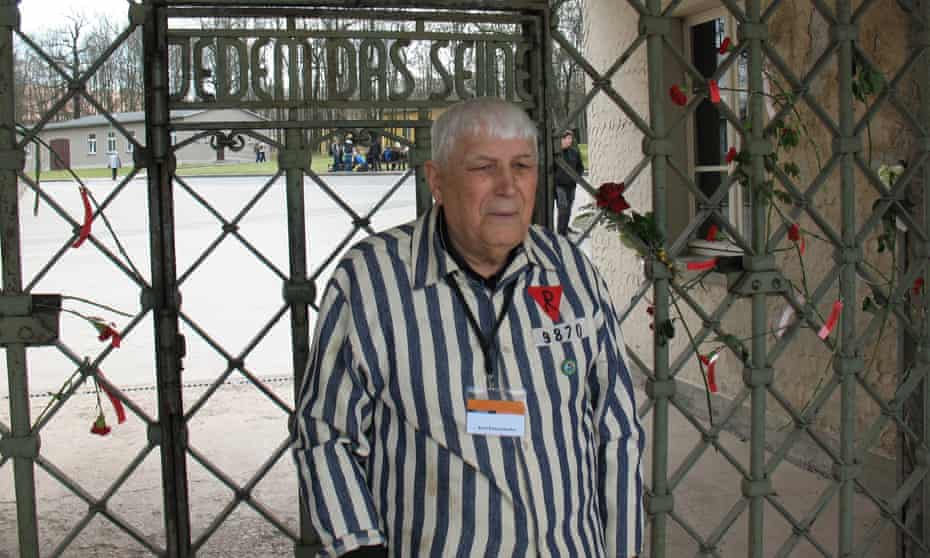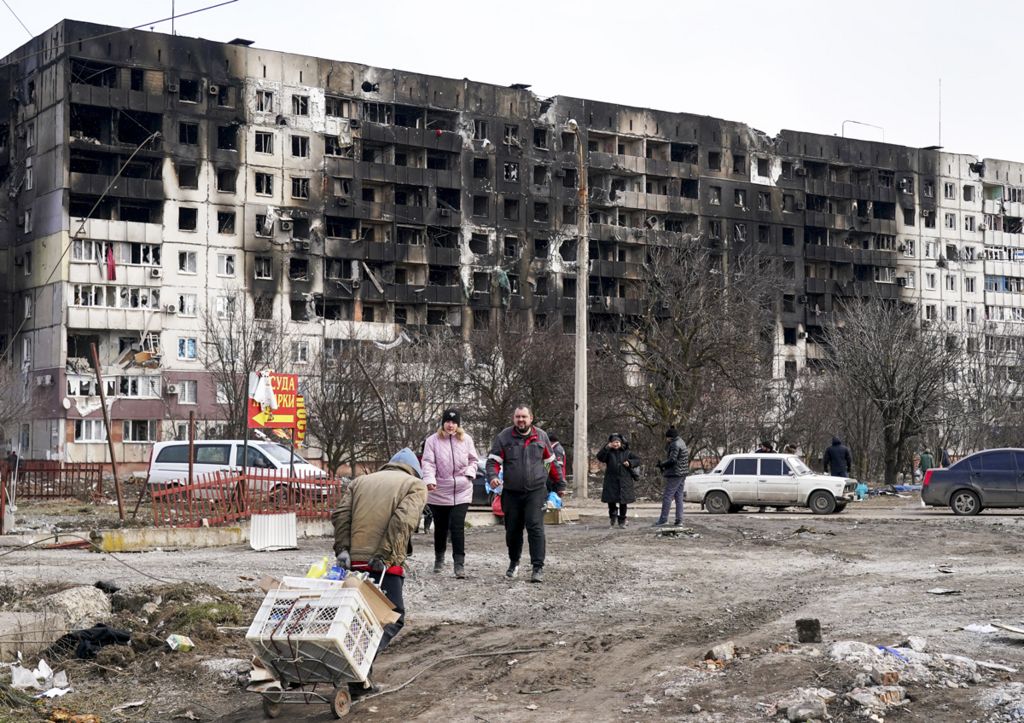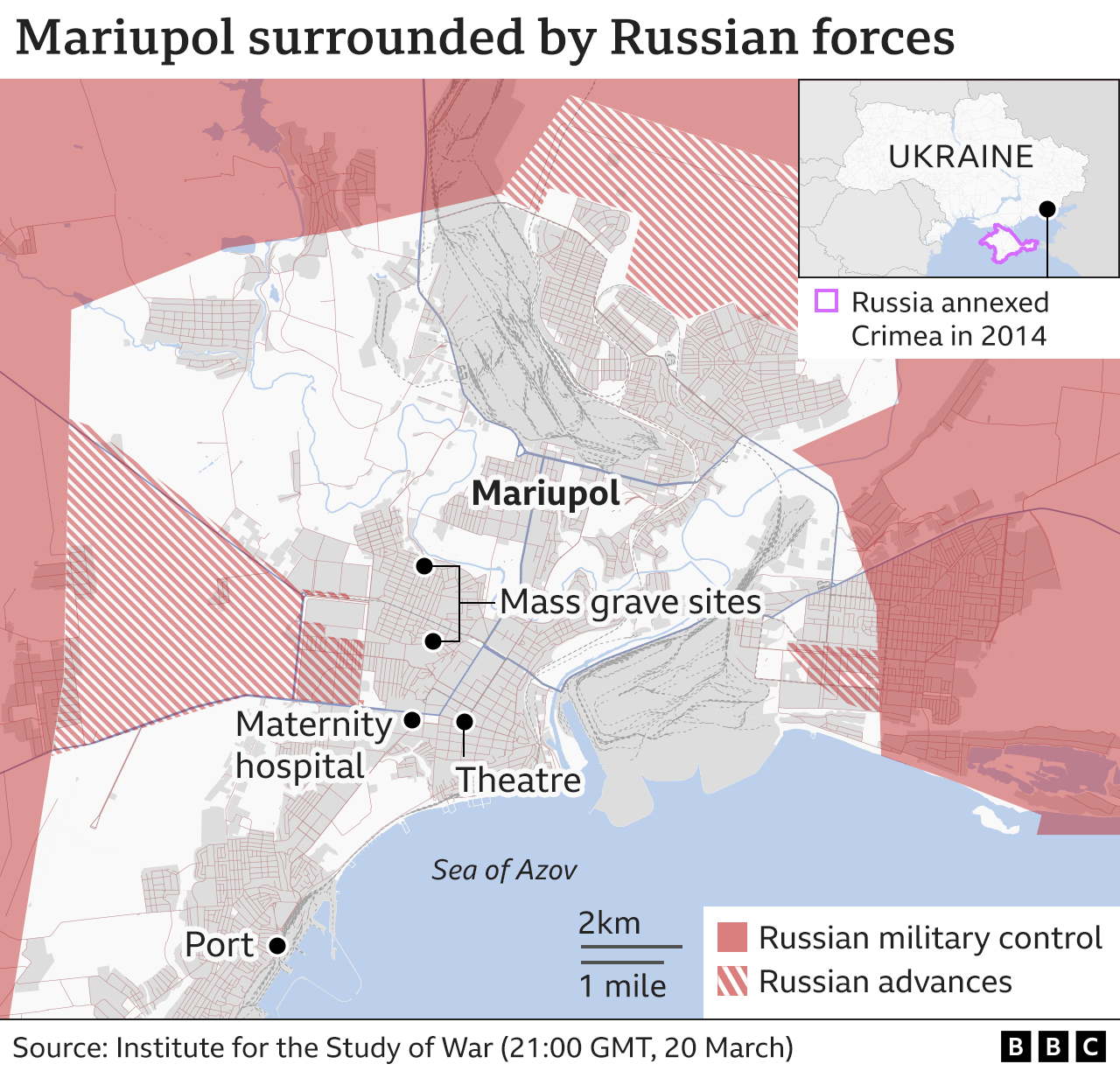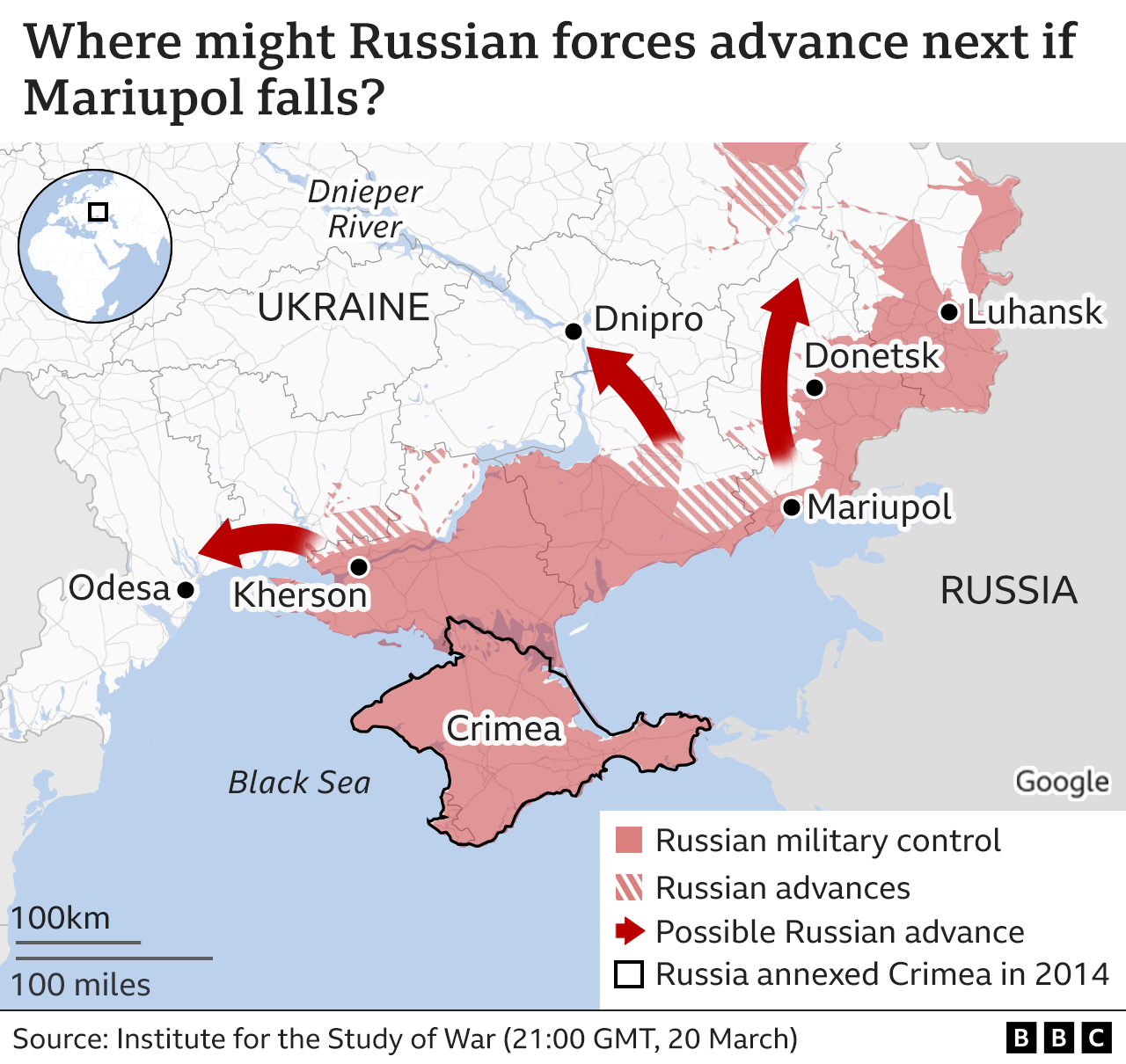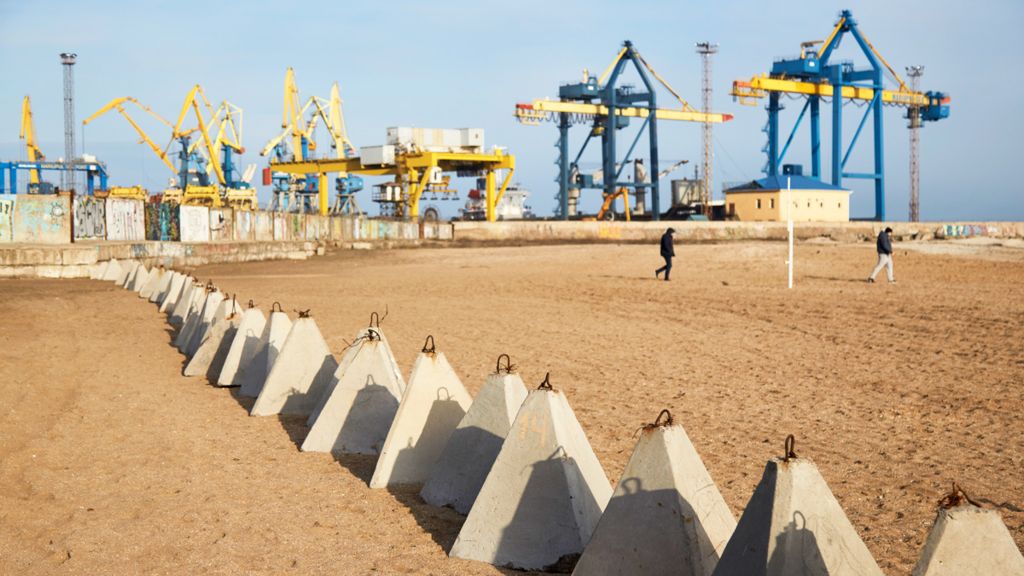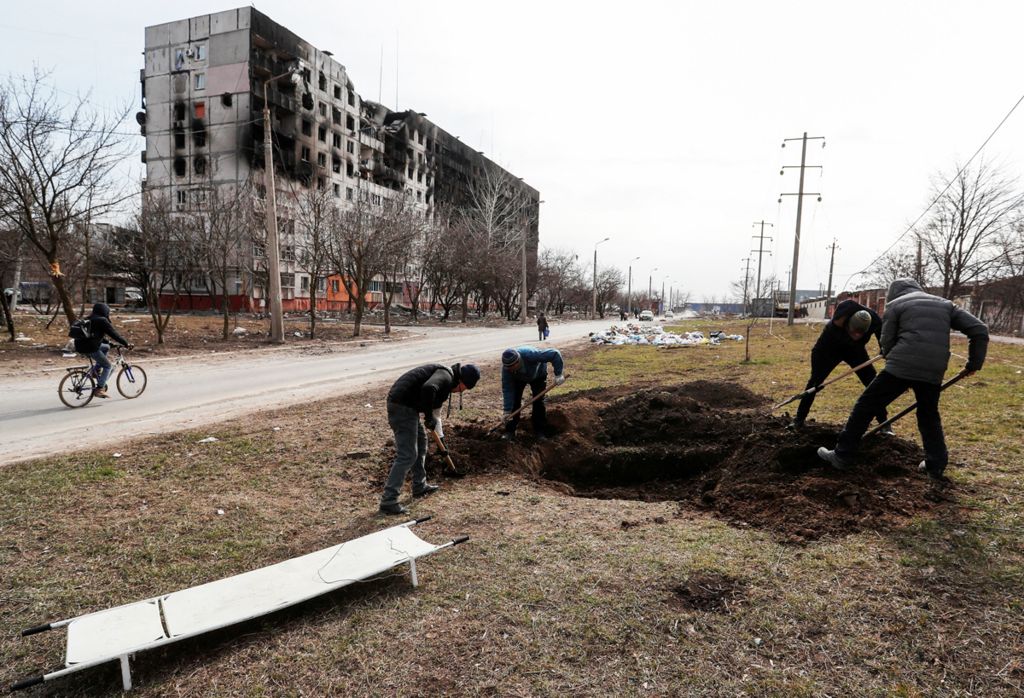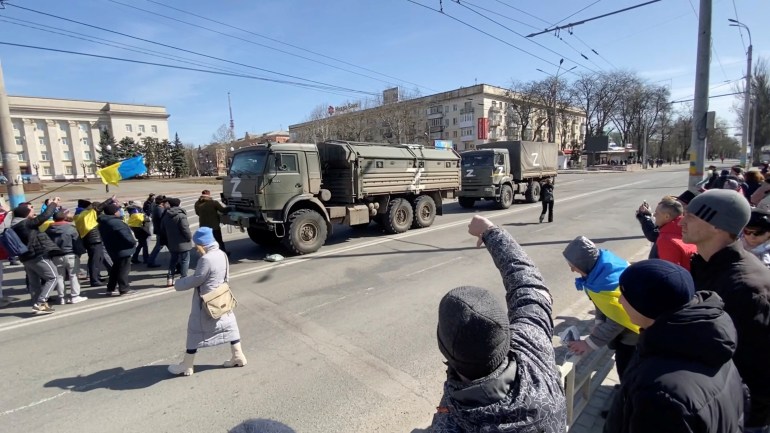Alain Krivine—a resolute revolutionary
A veteran of 1968

Alain Krivine, leader of the French left party Ligue Communiste Révolutionnaire.
(George Laoutaris)
Alex Callinicos
Even at this tragic historical moment, I was saddened to learn of the death at the age of 80 of the French revolutionary leader Alain Krivine. For me he always represented the indomitable spirit of the great revolt by French workers and students in May 1968.
Krivine’s life touched most of the great dramas of the 20th century. His family were Ukrainian Jews who fled the antisemitic pogroms in the Tsarist Empire to France.
As a child he was hidden from the Nazi occupation in the French countryside. As a teenager, he joined the youth wing of the French Communist Party, which dominated the workers’ movement.
But Krivine soon was at odds with the party leadership, who refused to support Algeria’s war of independence against France. He joined a secret organisation, Jeune resistance (Young Resistance), which encouraged French conscripts to desert.
He drew close to French Trotskyists of the Fourth International who strongly supported the Algerian freedom struggle.
In 1966 Krivine and his comrades were expelled from the Communist student organisation. They set up the Jeunesse Communiste Révolutionnaire (Revolutionary Communist Youth), which played a central role in the great student revolt against the regime of President Charles de Gaulle in May 1968.
The government’s attempt to crush the student barricades on the Paris Left Bank sparked off the biggest general strike in West European history as workers occupied their factories.

Paris in spring 1968 – fifty years on from a working class revolt that shook the state
As the British revolutionary David Widgery recalled ten years later, “It was as if an international political pageant was being acted out—the ideas we had treasured in pamphlets and argued about in tiny pub back rooms were now roaming, alive, three dimensional. Marxism had come out of the cold.
“The simple lessons of 1968 were simple to read off and important to re-emphasise. The working class… remained, when the chips were down, decisive.”
I remember many years later watching a film of Krivine with two fellow leaders of the JCR, Daniel Bensaïd and Henri Weber, at the height of the revolt. I thought to myself how young and happy they looked.
Of course, at the crest of a struggle, it’s easy to be a revolutionary. The task is to remain a revolutionary when struggle dwindles. Weber—a brilliant intellectual—failed that test, and later became a social democrat. But Krivine and Bensaïd persisted till their deaths.
Alan Krivine on France’s new Anti-Capitalist Party
The Communist Party struck a deal with De Gaulle’s prime minister, Georges Pompidou, and managed eventually to end the general strike. The JCR was banned but revived as the Ligue Communiste (Communist League).
This was banned in turn in 1973 for organising a big antifascist protest. It became the Ligue Communiste Révolutionnaire (LCR), which in 2009 expanded into the New Anticapitalist Party (NPA).
Until close to his retirement in the mid-2000s Krivine was the Ligue’s main spokesperson. He ran for president a couple of times and served a term in the European Parliament.
He was a tireless speaker for the far left internationally. I think the last time I met him was in Athens in 2010 when he, David Harvey, and I were among the speakers at the Marxism Festival organised by the Greek Socialist Workers Party.
Krivine was in the thick of all the struggles of workers and other groups of oppressed people in France. But above all he strove to build the Ligue.
I remember one of his fellow members of the Fourth International saying that he could be relied on endlessly to travel around the country, speaking at often small meetings, and sleeping on comrades’ sofas.
When I think of Krivine, I remember the title of his old comrade Bensaïd’s autobiography. Translated, it means “The Slow Impatience”. In other words, revolutionaries like Krivine live for the overthrow of capitalism and an end to all the horrors and suffering it creates.
But even if the moment doesn’t come in time—and Krivine was lucky to get a glimpse in May 1968—they work tirelessly to sustain a movement that can finally help free us all.





